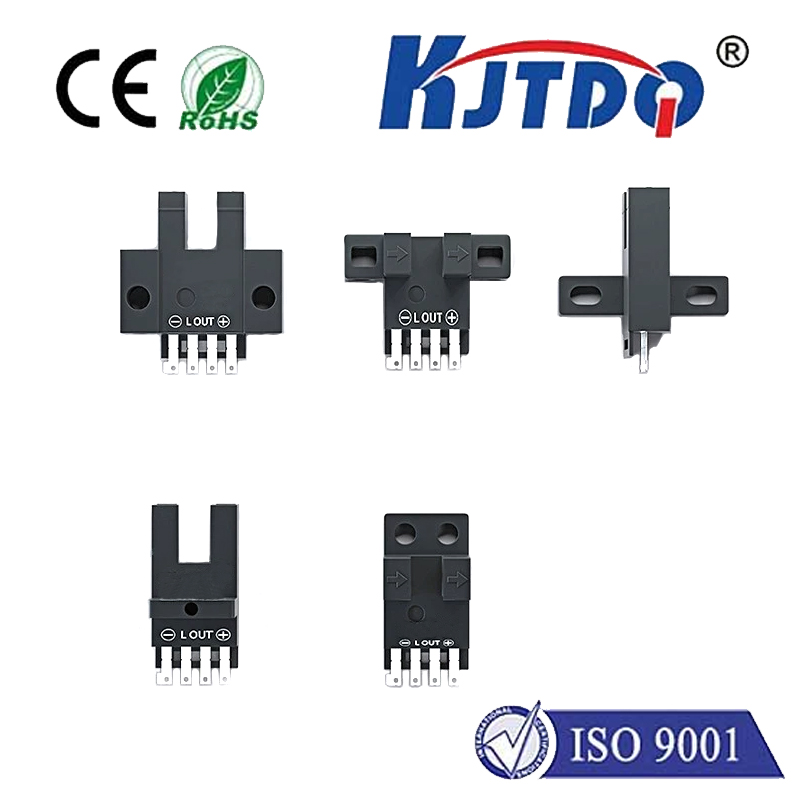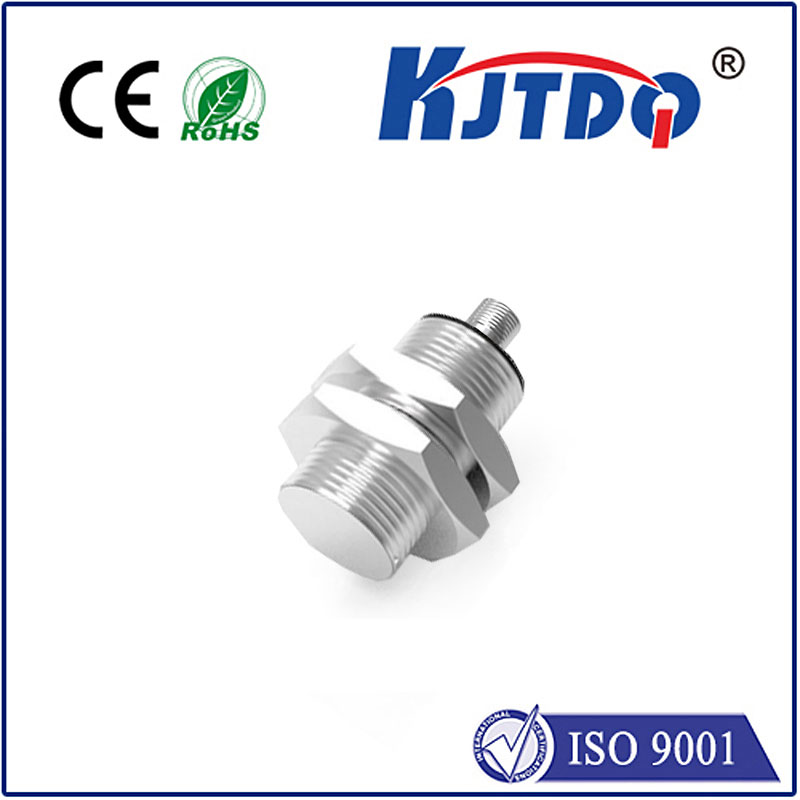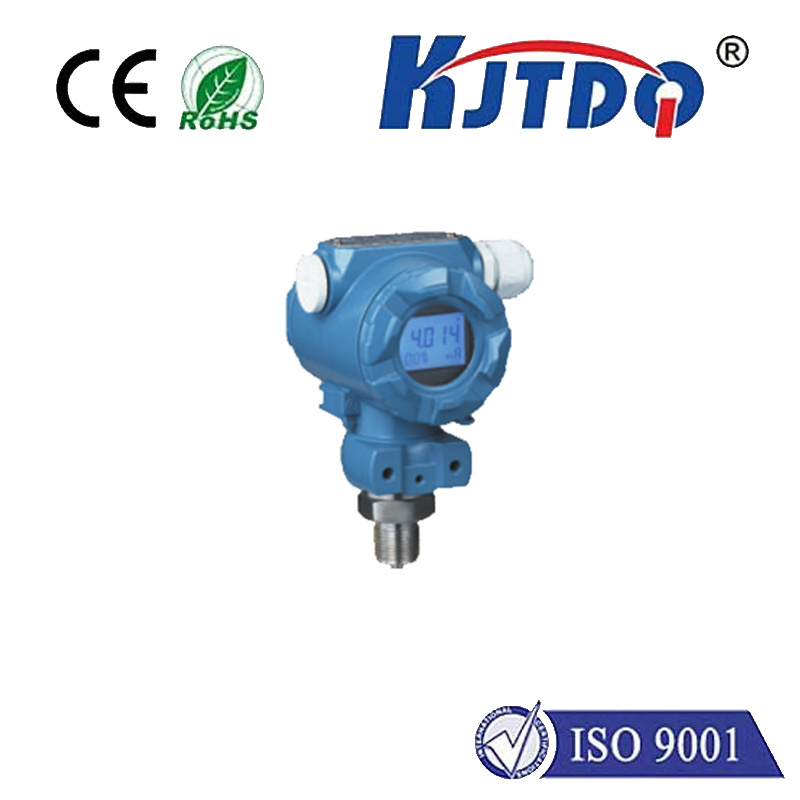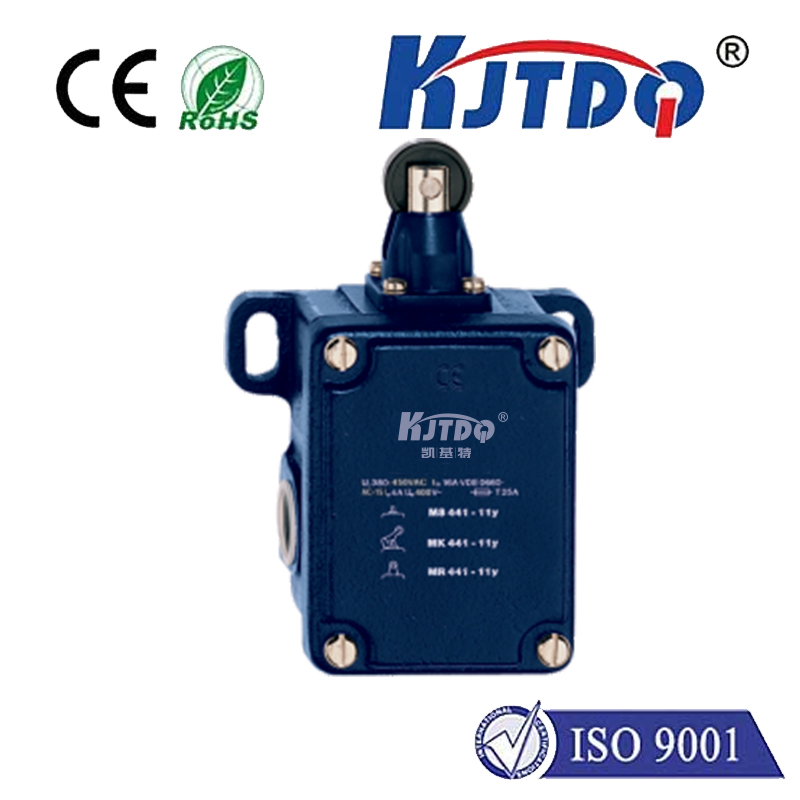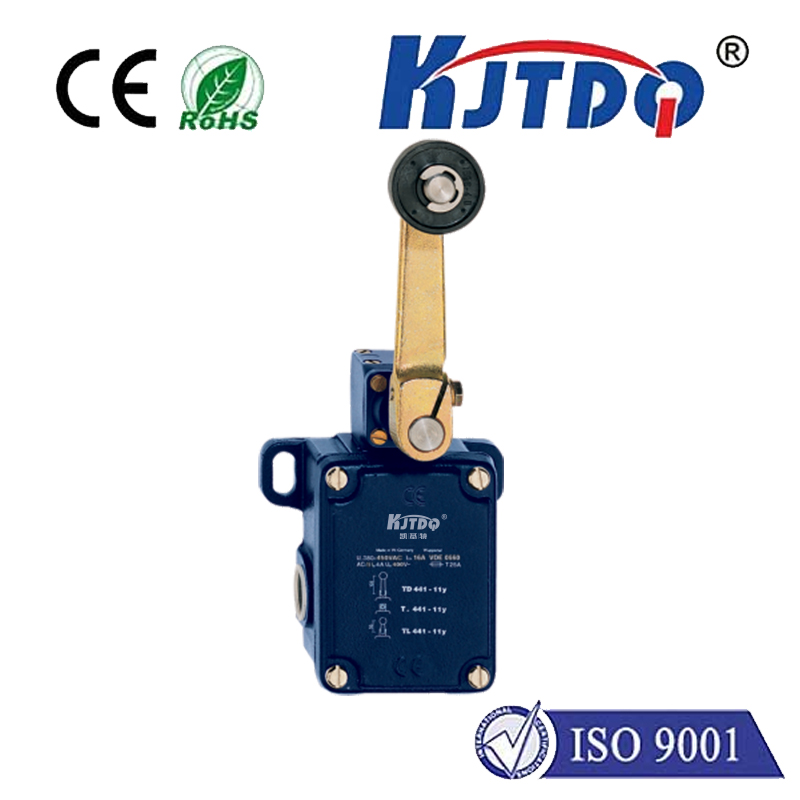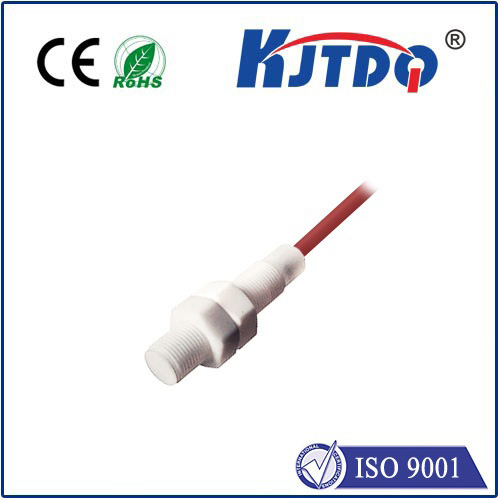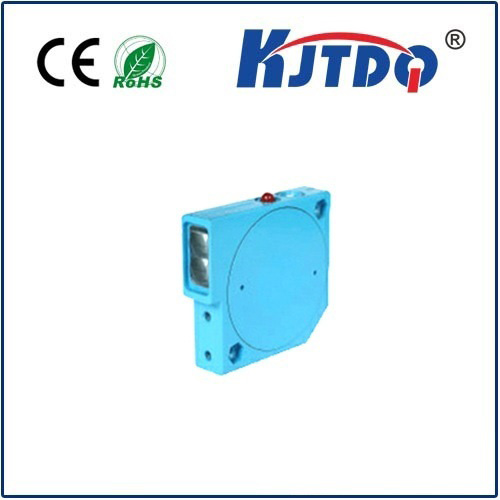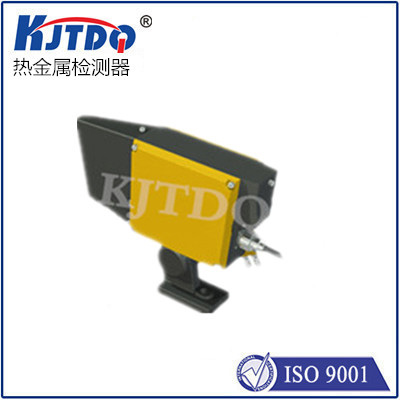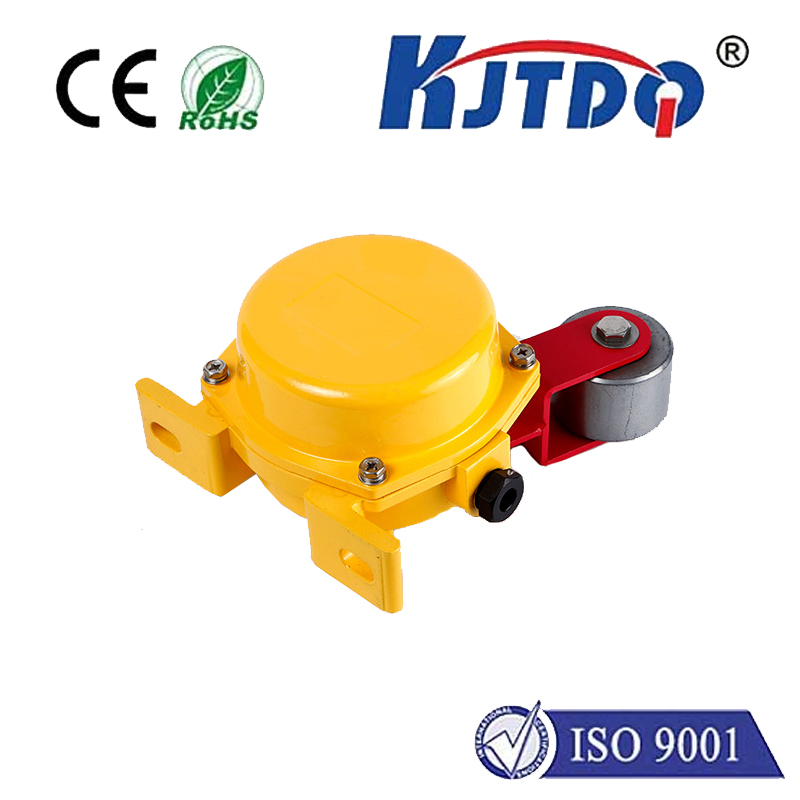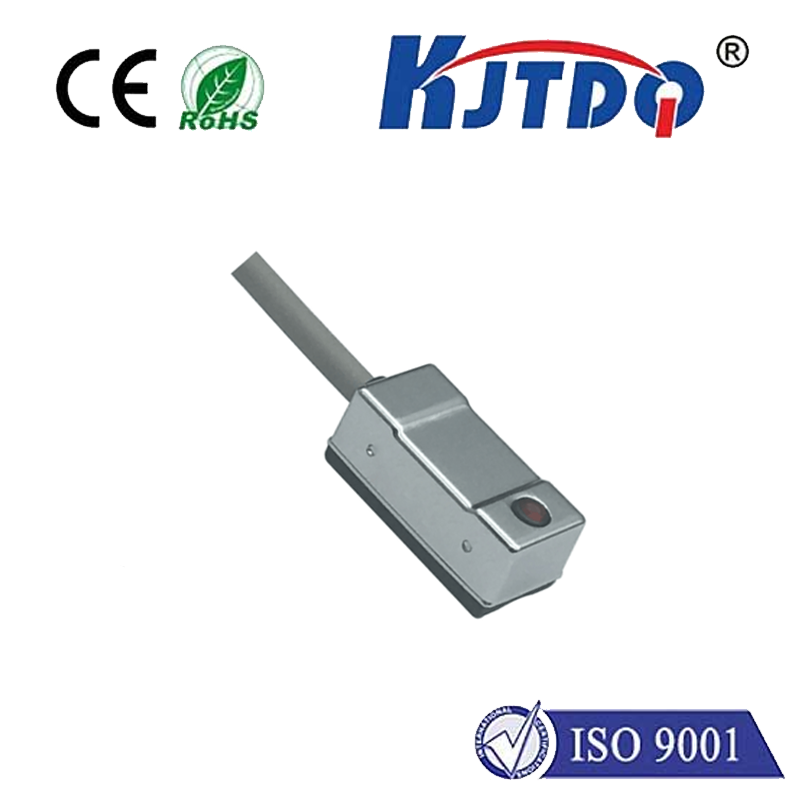flexible temperature sensor
- time:2025-08-22 00:00:09
- Click:0
Flexible Temperature Sensors: Unlocking the Future of Wearable Tech and Beyond
Imagine a temperature sensor that bends seamlessly with your skin, curves over a jet engine turbine, or integrates invisibly into the fabric of your smart clothing. This isn’t science fiction; it’s the reality ushered in by flexible temperature sensors. These remarkable devices transcend the limitations of their rigid predecessors, opening doors to unprecedented applications where conformability, comfort, and reliability are paramount. As the demand for seamless integration of electronics into our lives and environments surges, flexible temperature sensing technology is rapidly evolving from a niche innovation to a cornerstone of modern smart systems.
Why Flexibility is the Heat of the Moment
Traditional temperature sensors, often made of rigid silicon or metal, work perfectly well on flat, stable surfaces. However, countless scenarios demand more adaptability:
- Human-Centric Monitoring: Our bodies are inherently curved and in constant motion. Rigid sensors are uncomfortable for long-term wear, prone to detachment, and create measurement artifacts due to poor skin contact. Flexible sensors conform naturally, enabling comfortable, continuous health monitoring – tracking core temperature during exercise, monitoring wounds, or managing chronic conditions like diabetes.
- Complex Surface Integration: Modern designs feature complex curves – from car interiors and aircraft wings to soft robotics and consumer electronics casings. Rigid sensors simply cannot adhere reliably or provide accurate readings on such surfaces. Flexible sensors bend and twist, ensuring optimal contact and precise thermal mapping.
- Emerging Technologies: The explosive growth of wearable technology, Internet of Things (IoT) devices, electronic skin (e-skin), and soft robotics necessitates sensing solutions that are as adaptable as the platforms themselves. Rigidity is a fundamental barrier to progress in these fields.
The Ingenuity Behind the Bend: Materials and Mechanisms
The magic of flexible temperature sensors lies in their innovative materials and design strategies. Researchers leverage a fascinating array of substances:

- Conductive Polymers: Polymers like PEDOT:PSS conduct electricity and can be made intrinsically flexible. Changes in temperature alter their electrical resistance, which can be precisely measured. They are often solution-processable, enabling low-cost manufacturing like printing.
- Graphene and 2D Materials: Graphene’s exceptional thermal conductivity, electrical properties, mechanical strength, and inherent flexibility make it a superstar material. Other materials like MXenes also show great promise for highly sensitive, ultrathin sensors.
- Nanocomposites: Embedding conductive nanomaterials (carbon nanotubes, metal nanowires like silver or copper, graphene flakes) into flexible polymer matrices (PDMS, PET, polyimide) creates composites with excellent tunable electrical, thermal, and mechanical properties. The polymer provides flexibility, while the nanofillers create the conductive network whose properties change with temperature.
- Metallic Thin Films: Ultra-thin layers of metals can be deposited onto flexible substrates. While inherently less flexible than polymers or composites, the thinness allows them to bend significantly without fracturing. Techniques like creating serpentine or fractal patterns further enhance their stretchability.
These materials act as the sensing element, translating temperature changes into measurable electrical signals – most commonly resistance, capacitance, or voltage (thermoelectric effect).
The Diverse Landscape of Sensing Technologies
Several established thermal sensing principles are being adapted for flexibility:
- Resistive Temperature Detectors (RTDs): Rely on the predictable change in electrical resistance of certain materials (like metal thin films or carbon-based composites) with temperature. They are widely used due to relative simplicity and good linearity.
- Thermistors: Typically made from polymer composites or ceramic materials deposited flexibly. They offer high sensitivity (especially Negative Temperature Coefficient - NTC types) but are less linear than RTDs.
- Thermocouples: Utilize the Seebeck effect, generating a voltage proportional to the temperature difference between two junctions of dissimilar materials. Creating miniaturized, flexible versions using printed or deposited thin-film conductive paths is an active research area.
- Capacitive Sensors: Measure changes in capacitance, which can be influenced by the thermal expansion of dielectric materials or temperature-dependent dielectric properties.
- Pyroelectric Sensors: Detect changes in temperature by generating a temporary electrical charge in certain materials (often polymers like PVDF). Ideal for motion detection triggered by body heat, less so for absolute temperature measurement.
Revolutionizing Industries: Where Flexibility Creates Value
The applications for flexible temperature sensors are vast and expanding rapidly:
- Healthcare & Wellness: Continuous, non-invasive monitoring is transformative.
- Wearable Patches: Real-time fever monitoring, post-operative care, tracking core temperature for athletes or workers in extreme environments.
- Smart Bandages: Monitoring wound temperature for early infection detection.
- Body Area Networks: Integrating multiple physiological sensors for comprehensive health assessment.
- Consumer Electronics: Enhancing user experience and safety.
- Smart Clothing: Regulating heating/cooling systems in jackets, monitoring exertion levels.
- Flexible Displays & Batteries: Preventing overheating, ensuring safe operation on curved surfaces.
- VR/AR Gloves: Adding thermal feedback for immersive experiences.
- Industrial & Automotive: Enabling predictive maintenance and efficiency.
- Battery Management Systems (BMS): Accurately monitoring temperature across large, flexible battery packs (e.g., in EVs or wearables) to prevent thermal runaway.
- Process Control: Conforming sensors to pipes, reactors, or machinery components for real-time thermal monitoring and optimization.
- Aerospace & Automotive: Monitoring curved surfaces on wings, turbines, or engine components where traditional sensors fail.
- Robotics & E-Skin: Giving machines a sense of touch.
- Soft Robotics: Providing temperature feedback for safer human-robot interaction and environmental sensing.
- Artificial Skin: Creating prosthetics or robots that can perceive temperature gradients, mimicking biological capabilities.
- Building & Environment: Smart integration for efficiency.
- Smart Windows/HVAC: Conformable sensors on curved glass or integrated into building materials for climate control.
- Agricultural Monitoring: Flexible sensors on plants or soil surfaces.
Challenges and The Road Ahead
Despite remarkable progress, challenges remain. Achieving high stretchability beyond simple bendability requires intricate structural designs. Ensuring long-term stability, robustness against environmental factors (moisture, chemicals), and consistent performance over thousands of bending cycles are critical for real-world adoption. Calibration and signal drift can also be more complex than with rigid sensors. Furthermore, large-scale, cost-effective manufacturing techniques for high-performance flexible sensors need further development.
The future is incredibly bright. Research is intensely focused on materials science – discovering new composites and 2D materials for higher sensitivity, wider temperature ranges, and biocompatibility. Novel manufacturing methods, including 3D printing and roll-to-roll processing, promise lower costs and greater complexity. Integration is key: combining flexible temperature sensing with other sensors (pressure, humidity, biochemical) and electronics on a single, stretchable platform will unlock truly multifunctional “smart skins” and systems. Wireless connectivity and energy harvesting solutions are essential pieces of this puzzle.
Flexible temperature sensors are more than just bendable thermometers; they are fundamental enablers of the next technological revolution. By dissolving the barrier between electronics and the complex, dynamic world around us – from the contours of the human body to the curves of next-generation machines – they are poised to redefine how we monitor, interact with, and understand our environment. As materials evolve and manufacturing scales, these adaptable sensors will become increasingly ubiquitous, silently powering smarter healthcare, more efficient industries, and profoundly immersive user experiences. Their flexibility is not just a physical property; it’s the key to unlocking a future where sensing is seamless and pervasive.






